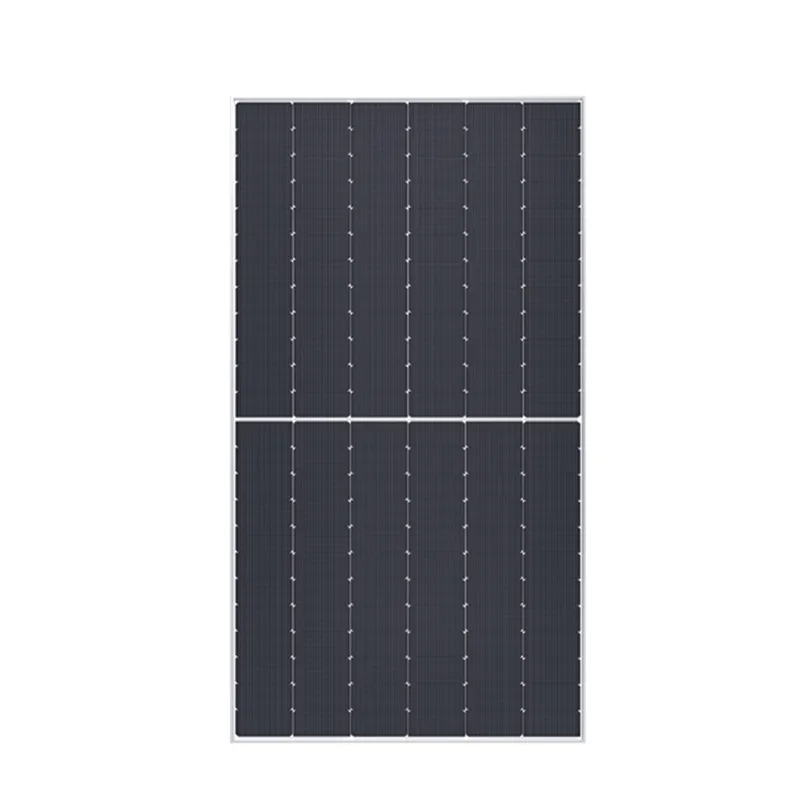Exploring the Benefits and Efficiency of Bifacial Monocrystalline Solar Panels for Renewable Energy Solutions
Bifacial Mono Solar Panels A Leap Forward in Renewable Energy
In recent years, the renewable energy sector has witnessed significant technological advancements, particularly in solar energy. Among these advancements, bifacial mono solar panels have emerged as a noteworthy innovation, combining high efficiency with increased energy yield. This article delves into the advantages, functionality, and future potential of bifacial mono solar panels.
Understanding Bifacial Mono Solar Panels
Bifacial solar panels are designed with photovoltaic cells on both the front and rear sides. This unique structure allows them to capture sunlight from both directions. When paired with monocrystalline technology, which is known for its high efficiency and longevity, bifacial mono solar panels offer enhanced performance compared to traditional panels. Monocrystalline cells are made from single-crystal silicon, resulting in a more uniform structure and higher energy conversion rates.
Enhanced Energy Yield
One of the standout features of bifacial mono solar panels is their ability to increase energy production. By harnessing sunlight from both sides, these panels can generate more electricity than their traditional counterparts. This is particularly effective in environments with high albedo, such as snowy or sandy areas, where reflected sunlight can boost the performance of the rear side of the panel. Studies have shown that bifacial panels can achieve a 10-30% increase in energy yield, depending on the installation conditions.
Durability and Longevity
Bifacial mono solar panels are not only efficient but also durable. The construction of these panels often involves robust materials that can withstand various environmental factors, including extreme weather conditions. They are typically designed to resist degradation over time, making them a reliable long-term investment. Many manufacturers offer warranties of 25 years or more, ensuring that consumers receive a stable source of energy for decades.
bifacial mono solar panel

Design Flexibility
Another advantage of bifacial mono solar panels is their design flexibility. They can be installed in diverse configurations, including ground-mounted systems, rooftop applications, and tracking systems that follow the sun’s path. This adaptability allows for optimized energy collection regardless of the installation site. In addition, the aesthetic value of bifacial panels can appeal to homeowners and businesses looking for visually appealing green energy solutions.
Environmental Impact
The use of bifacial mono solar panels aligns with global sustainability goals. By harnessing solar energy, we reduce reliance on fossil fuels and decrease greenhouse gas emissions. The increased energy yield from bifacial panels means that fewer panels are needed to achieve the same energy output, thus minimizing the environmental footprint associated with manufacturing and installation.
Future Outlook
The market for bifacial mono solar panels is expected to grow significantly as more consumers and businesses recognize their benefits. As technology continues to advance, further improvements in efficiency and cost-effectiveness may make these panels even more accessible. Innovations such as improved tracking systems and advanced materials could enhance their performance further, pushing the boundaries of what solar energy can achieve.
Conclusion
In summary, bifacial mono solar panels represent a significant advancement in solar technology. With their ability to produce more energy, durability, and design versatility, they offer an attractive option for both residential and commercial applications. As the world continues to seek sustainable energy solutions, bifacial mono solar panels are well-positioned to play a critical role in the transition to a cleaner, more environmentally friendly future. Their continued development will not only benefit individual users but also contribute to global efforts to combat climate change and foster a sustainable energy landscape.
-
String Solar Inverter: The High-Efficiency Solution for Smart Solar EnergyNewsJul.14,2025
-
Revolutionizing Rooftop Energy with the Power of the Micro Solar InverterNewsJul.14,2025
-
Power Independence with Smart Off Grid Solar Inverter SolutionsNewsJul.14,2025
-
On Grid Solar Inverter: Powering the Future with Smart Grid IntegrationNewsJul.14,2025
-
Monocrystalline Solar Panels: High-Efficiency Power for the Future of Clean EnergyNewsJul.14,2025
-
Bifacial Solar Panel: A Smarter Investment for Next-Generation Energy SystemsNewsJul.14,2025







